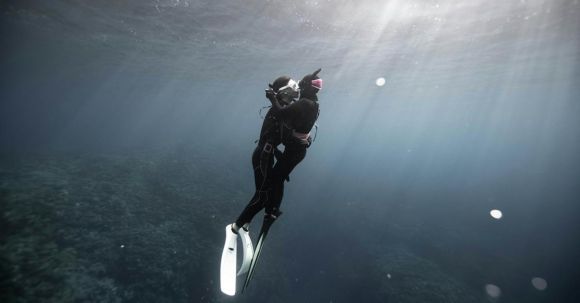Diving is an exhilarating and adventurous activity that allows individuals to explore the depths of the underwater world. However, like any extreme sport, diving comes with its own set of risks. One such risk is decompression sickness, commonly known as “the bends.” In the event of an emergency, it is crucial for divers to have access to emergency oxygen administration. This article will explore the importance of emergency oxygen administration for divers and the steps involved in its administration.
Understanding Decompression Sickness
Decompression sickness occurs when a diver ascends too quickly, causing nitrogen bubbles to form in the bloodstream. This can lead to symptoms such as joint pain, dizziness, and difficulty breathing. In severe cases, it can even be fatal. Emergency oxygen administration is critical in treating this condition and providing immediate relief to the diver.
The Importance of Emergency Oxygen Administration
Administering emergency oxygen to a diver experiencing decompression sickness can significantly reduce the risk of complications and improve their chances of a full recovery. Oxygen helps to eliminate nitrogen bubbles from the bloodstream, allowing the body to return to its normal state. Additionally, oxygen provides vital support to the diver’s respiratory system, ensuring that they can breathe properly and reducing the risk of further complications.
Administering Emergency Oxygen
Step 1: Assess the Diver’s Condition
Before administering emergency oxygen, it is important to assess the diver’s condition. Check for signs of decompression sickness, such as joint pain, numbness, or difficulty breathing. If the diver is unconscious or experiencing severe symptoms, it is crucial to seek medical assistance immediately.
Step 2: Assemble the Equipment
Gather the necessary equipment for emergency oxygen administration, including an oxygen cylinder, a demand valve mask, and any additional accessories. Ensure that the equipment is clean, in good working condition, and readily accessible in case of an emergency.
Step 3: Open the Cylinder Valve
Carefully open the valve on the oxygen cylinder, ensuring that the flow rate is set to the appropriate level. The recommended flow rate for emergency oxygen administration is 15 liters per minute. This high flow rate helps to maximize the delivery of oxygen to the diver’s lungs.
Step 4: Secure the Demand Valve Mask
Place the demand valve mask over the diver’s face, ensuring a secure and airtight fit. The demand valve mask allows the diver to inhale oxygen directly from the cylinder, ensuring a constant supply of oxygen during the administration process.
Step 5: Monitor the Diver
While administering emergency oxygen, closely monitor the diver’s condition. Look for signs of improvement, such as a decrease in symptoms or an increase in the diver’s ability to breathe comfortably. If there is no improvement or the diver’s condition worsens, seek medical assistance immediately.
Conclusion: Ensuring Diver Safety
Emergency oxygen administration is a vital aspect of diver safety. It provides immediate relief to divers experiencing decompression sickness and can significantly improve their chances of a full recovery. By understanding the steps involved in administering emergency oxygen, divers can be better prepared to respond to emergencies and ensure the safety of themselves and their fellow divers. Remember, in any diving emergency, always prioritize safety and seek professional medical assistance when necessary.





